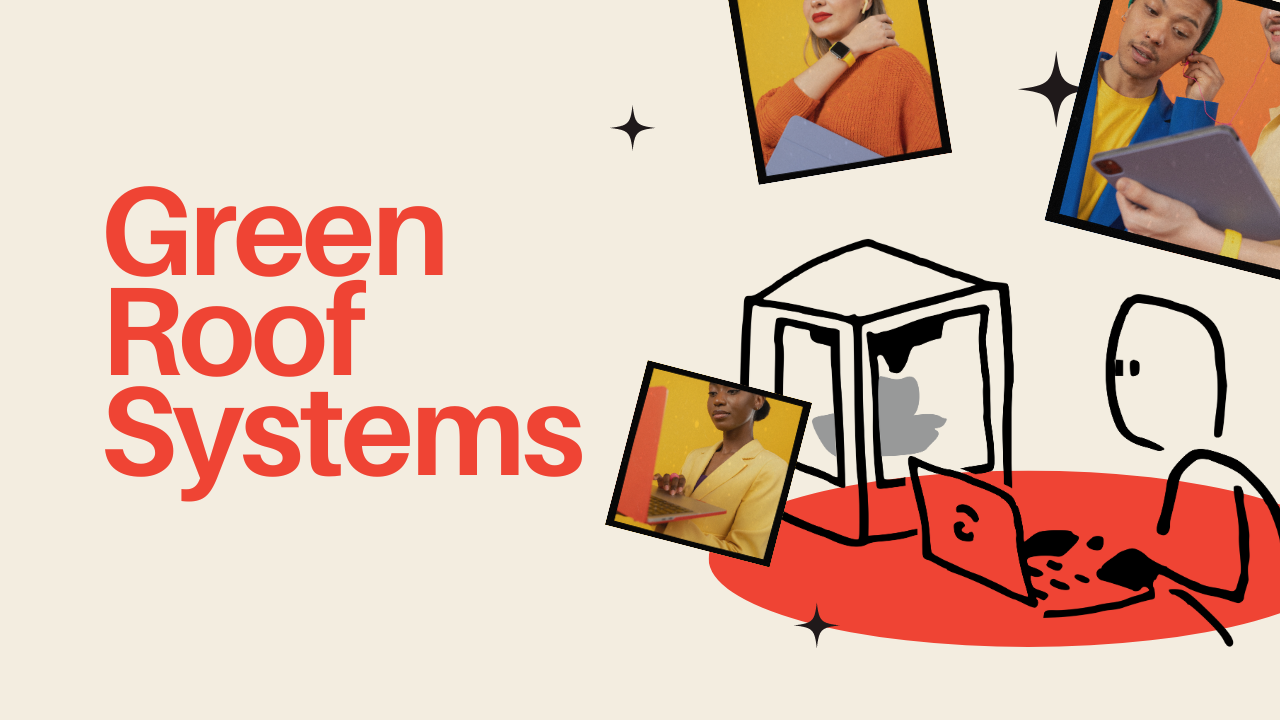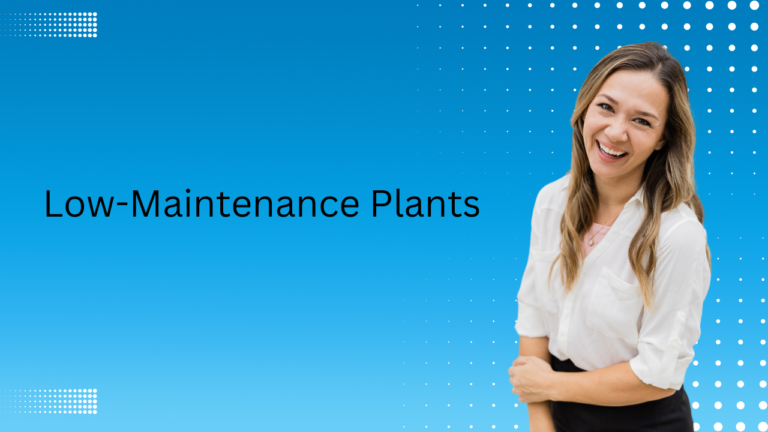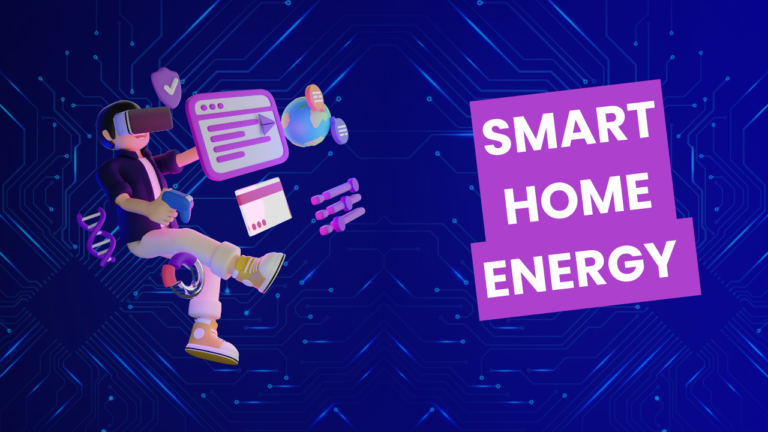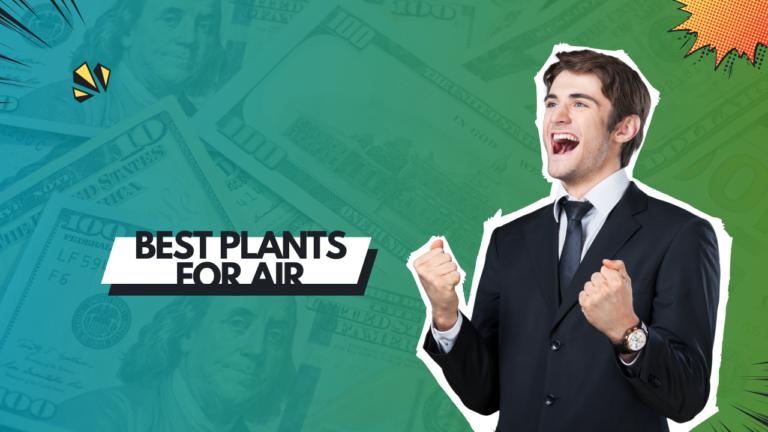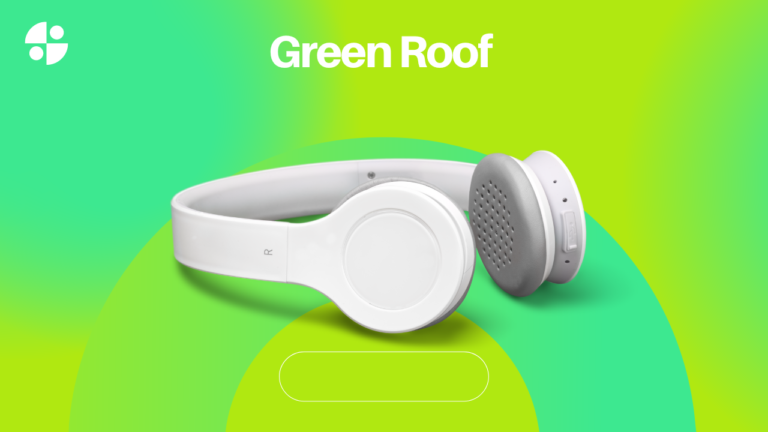Green Roof Systems for Energy-Efficient Urban Buildings: A Sustainable Solution
Urban environments are increasingly turning to innovative solutions to enhance energy efficiency and sustainability. One such solution is the adoption of green roof systems for energy-efficient urban buildings. In this article, we will explore what green roofs are, their benefits, how they contribute to energy efficiency, and why they are becoming a crucial component in urban architecture.
Understanding Green Roof Systems
Green roof systems, also known as vegetative or living roofs, consist of a layer of vegetation planted over a waterproof membrane on a flat or slightly sloped roof. These systems can range from simple installations with a few plants to more complex systems with diverse flora, irrigation systems, and even small trees. By incorporating green roof systems for energy-efficient urban buildings, cities can combat the urban heat island effect, reduce energy consumption, and promote biodiversity.
Top Benefits of Green Roof Systems for Energy-Efficient Urban Buildings
1. Enhanced Energy Efficiency
One of the primary benefits of green roof systems for energy-efficient urban buildings is their ability to improve a building’s energy performance. The vegetation on green roofs provides natural insulation, reducing the amount of heat entering the building during summer and retaining warmth during winter. This results in lower energy consumption for heating and cooling, leading to significant cost savings over time.
2. Urban Heat Island Mitigation
Urban heat islands occur when cities become significantly warmer than their rural surroundings due to human activities and the extensive use of concrete, asphalt, and other heat-absorbing materials. Green roofs help mitigate this effect by cooling the air through evapotranspiration and providing shade. As more buildings adopt green roof systems, the cumulative effect can significantly lower urban temperatures, improving overall climate resilience.
3. Stormwater Management
Green roofs play a crucial role in stormwater management, a growing concern in urban areas where impervious surfaces prevent water from naturally infiltrating the ground. The plants and soil in green roof systems absorb and filter rainwater, reducing runoff and easing the burden on urban drainage systems. This not only prevents flooding but also improves water quality by filtering out pollutants.
4. Improved Air Quality
The plants in green roof systems for energy-efficient urban buildings contribute to improved air quality by absorbing carbon dioxide, releasing oxygen, and capturing airborne pollutants. This is particularly beneficial in densely populated urban areas where air quality can be a significant health concern. The more green roofs there are in a city, the greater the positive impact on air quality.
5. Biodiversity Enhancement
Green roofs provide a unique opportunity to enhance urban biodiversity by creating habitats for various species of plants, insects, and birds. These green spaces can serve as ecological havens in cities, supporting species that might otherwise struggle to find suitable habitats. In addition to their environmental benefits, green roofs can also create aesthetically pleasing spaces that residents can enjoy.
6. Noise Reduction
The layers of soil and plants in a green roof system can also act as sound insulation, reducing noise pollution from outside. This is particularly beneficial in busy urban areas where traffic and construction noise can be disruptive. By installing green roof systems for energy-efficient urban buildings, the internal environment becomes quieter and more comfortable for occupants.
7. Extended Roof Lifespan
Green roofs protect the underlying roofing materials from extreme temperature fluctuations, UV radiation, and physical damage. As a result, the lifespan of a roof with a green roof system is often longer than that of a conventional roof. This leads to cost savings on roof maintenance and replacement, making green roofs a sound investment over the long term.
Types of Green Roof Systems for Urban Buildings
1. Extensive Green Roofs
Extensive green roofs are lightweight systems that typically have a shallow soil depth (around 2 to 6 inches). They are designed to be low-maintenance, often featuring drought-resistant plants like sedums. Extensive green roofs are ideal for buildings with limited load-bearing capacity and are popular in residential and commercial settings.
2. Intensive Green Roofs
Intensive green roofs, also known as roof gardens, are more complex and feature a deeper soil layer (6 inches or more). They can support a wider variety of plants, including shrubs and small trees, and often include irrigation systems. Intensive green roofs require more maintenance but offer greater opportunities for creating lush, multifunctional spaces.
3. Semi-Intensive Green Roofs
Semi-intensive green roofs combine elements of both extensive and intensive systems, offering a balance between maintenance requirements and plant diversity. These roofs typically have a moderate soil depth and can support a mix of plant types, providing both aesthetic and ecological benefits.
Installation and Maintenance Considerations
Installing green roof systems for energy-efficient urban buildings involves several key considerations:
- Structural Integrity: Before installation, it’s essential to assess the building’s structural capacity to support the additional weight of a green roof, including the soil, plants, and water.
- Waterproofing: A high-quality waterproof membrane is crucial to prevent water from penetrating the roof and causing damage to the building’s interior.
- Drainage: Proper drainage systems must be installed to manage excess water and prevent waterlogging, which could harm the plants and roof structure.
- Plant Selection: Choosing the right plants is critical for the success of a green roof. Plants must be able to withstand the roof’s microclimate, including exposure to wind, sun, and varying moisture levels.
- Maintenance: Green roofs require regular maintenance, including watering, fertilizing, and occasional weeding. The level of maintenance depends on the type of green roof system installed.
Subheading: Challenges of Implementing Green Roof Systems in Urban Buildings
While there are numerous benefits of green roof systems for energy-efficient urban buildings, there are also challenges that need to be addressed:
1. Initial Cost and Investment
The initial cost of installing a green roof can be higher than that of a traditional roof due to the need for specialized materials and design considerations. However, these costs are often offset by long-term energy savings, increased roof lifespan, and potential tax incentives.
2. Maintenance Requirements
Green roofs, particularly intensive ones, require ongoing maintenance to ensure the health of the plants and the integrity of the roof. This can involve additional costs and effort compared to conventional roofing systems.
3. Climate Considerations
The success of a green roof system depends on the local climate and weather conditions. In regions with extreme temperatures or limited rainfall, additional measures such as irrigation systems or choosing drought-resistant plants may be necessary.
4. Structural Limitations
Not all buildings are suitable for green roofs due to structural limitations. Retrofitting older buildings to support the additional weight of a green roof may require significant modifications, which can be costly.
Subheading: Final Thoughts on Green Roof Systems for Energy-Efficient Urban Buildings
The adoption of green roof systems for energy-efficient urban buildings is a powerful step toward sustainable urban development. These systems offer a myriad of benefits, from improving energy efficiency and mitigating urban heat islands to enhancing biodiversity and air quality. While there are challenges to consider, the long-term advantages of green roofs make them a worthwhile investment for both new constructions and retrofitting existing buildings.
Frequently Asked Questions (FAQs)
Q1: Are green roofs expensive to install?
A: The initial cost of installing a green roof can be higher than that of a conventional roof. However, the long-term energy savings, extended roof lifespan, and potential tax incentives can make green roofs cost-effective over time.
Q2: How much maintenance do green roofs require?
A: Maintenance requirements vary depending on the type of green roof. Extensive green roofs are low-maintenance, while intensive roofs require more care, including regular watering, fertilizing, and weeding.
Q3: Can green roofs be installed on any building?
A: Green roofs can be installed on most buildings, but the structure must be able to support the additional weight. A structural assessment is necessary before installation.
Q4: What are the environmental benefits of green roofs?
A: Green roofs help reduce energy consumption, mitigate the urban heat island effect, manage stormwater, improve air quality, and support biodiversity.
Q5: Do green roofs increase property value?
A: Yes, green roofs can increase property value by improving energy efficiency, extending the roof’s lifespan, and enhancing the building’s aesthetic appeal.
